
Overclocking and EFI
The TUF EFI is a pretty awesome one, although it's very similar to other Asus motherboards except for the TUF colours. One noteworthy addition is Secure Erase, which has ditched its ROG exclusive status and now appears on both Asus's high-end mainstream boards and the TUF series it seems. The overclocking section feels pretty familiar and there are plenty of options here whether you just want to bump up the multiplier and manually apply a CPU voltage, or go a little more in-depth.We applied our usual settings for a 4.8GHz overclock, with a vcore of 1.4V, and with this proving perfectly stable from the get-go, we also notched up the multiplier to 49 for 4.9GHz. However, it kept tripping over in the Terragen benchmark after a minute or so, despite the temperatures only being in the high 80's. Given more time 4.9GHz would probably have been achievable so we can regard the Sabertooth as one of the better Z170 boards we've tested in this regard. In the end, dropping down to a respectable 4.8GHz saw the vcore required drop to 1.34V too, with no need to touch anything else - not even the power limits or loadline calibration as we've had to on a few other boards.
Click to enlarge
The biggest attraction perhaps for TUF motherboards is their Thermal Radar 2 software. This is essentially a fully fledged fan control software suite not that dissimilar to one you'd see included with an all-in-one liquid cooler. You're able to see the temperatures of all the included monitor points on the motherboard, and the Sabertooth has quite a few, and also of any thermal probes attached to the PCB too. One thing to point out is that the latest version of AISuite in the Sabertooth's download section doesn't appear to include Thermal Radar but a less well equipped program called Fan Xpert. Therefore, you'll need to select the older version of AI Suite in order to get Thermal Radar 2 included in the package.
Click to enlarge
The fan control side of things is certainly quite capable, although you need to 'tune' each fan in order to be able to control its speed - otherwise you're essentially left with an on or off scenario. Both 3-pin and 4-pin fans are supported here on any of the numerous fan headers, although in some cases post-tuning the fan could still have been lowered in speed terms a little more. On the whole though, tuning worked well and you're then able to tweak the fan profile curve and even set that fan to off until the CPU temperature reaches a certain point - useful for making your PC quieter if you're just web browsing or watching a movie. You're also able to apply up to 10 minutes of post shutdown cooling - running your fans after your PC switches off to get rid of residual heat (this has been used on PSUs too).
Click to enlarge
Something we would like to see is the ability to use different temperature inputs as the trigger for fan speed - for instance, you might want to sync up the fans on a radiator to Thermal Radar 2 and have a coolant temperature probe attached to the motherboard for it to use this temperature and not the CPU temperature. Similarly you might want to attach a thermal probe to your graphics card and have a side case fan ramp up when you're gaming to keep it cool - how about it, Asus?
Click to enlarge
Click to enlarge
Click to enlarge
Click to enlarge
Click to enlarge
Click to enlarge
Click to enlarge
Click to enlarge
Click to enlarge
Click to enlarge
Click to enlarge
Click to enlarge

MSI MPG Velox 100R Chassis Review
October 14 2021 | 15:04

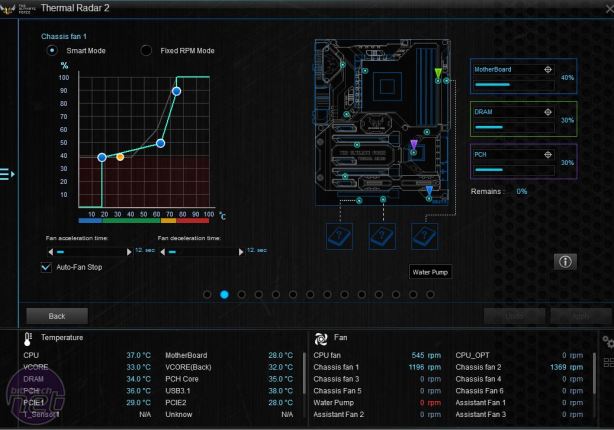
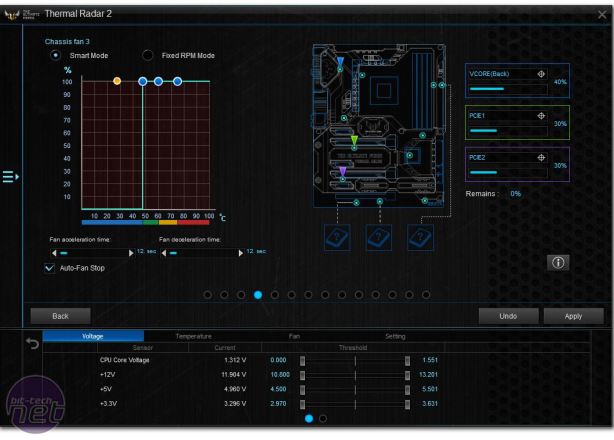
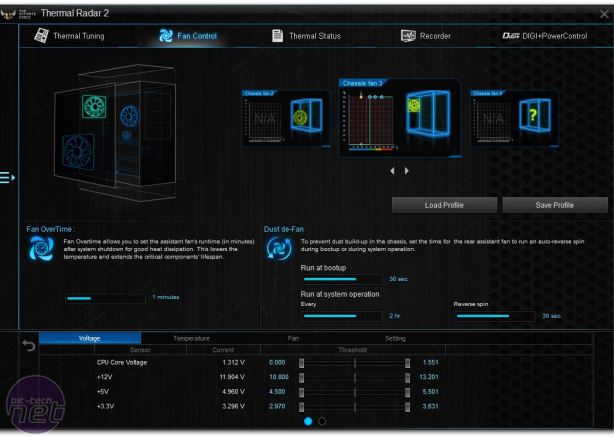
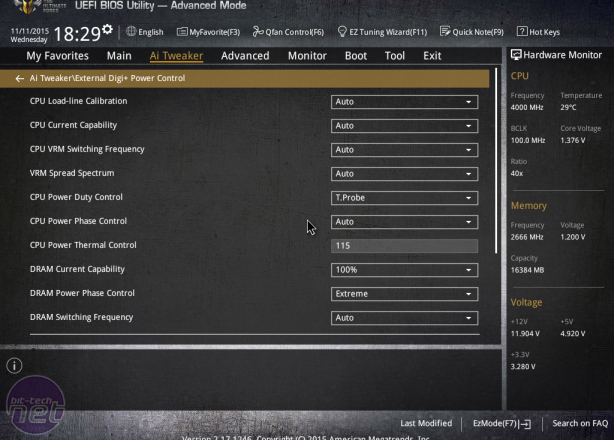
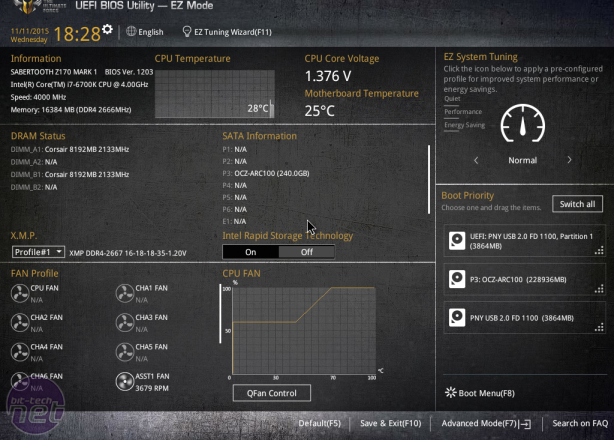

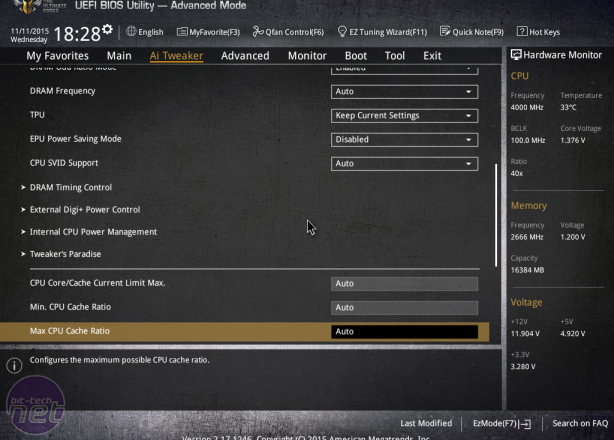
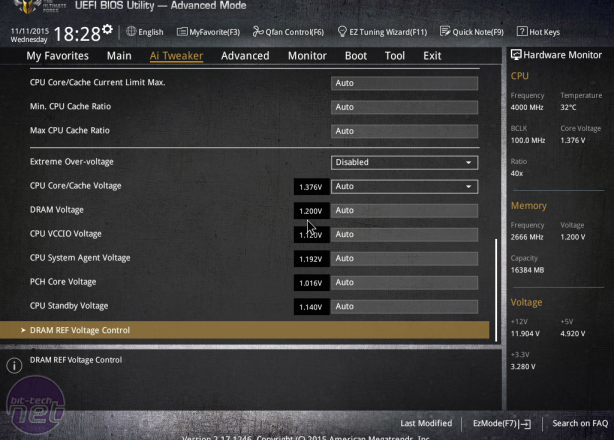
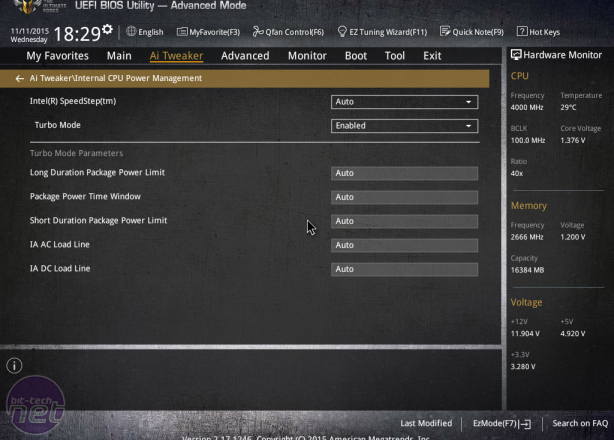
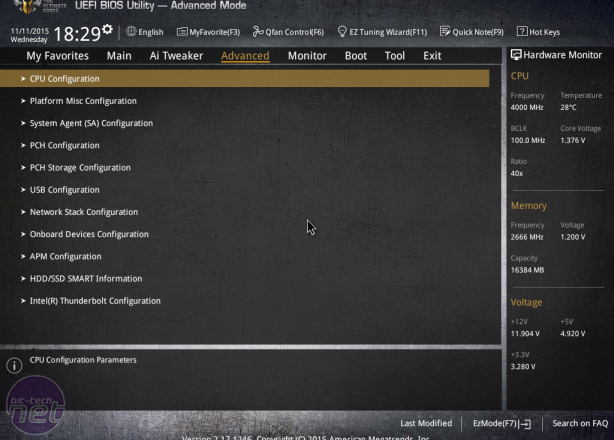
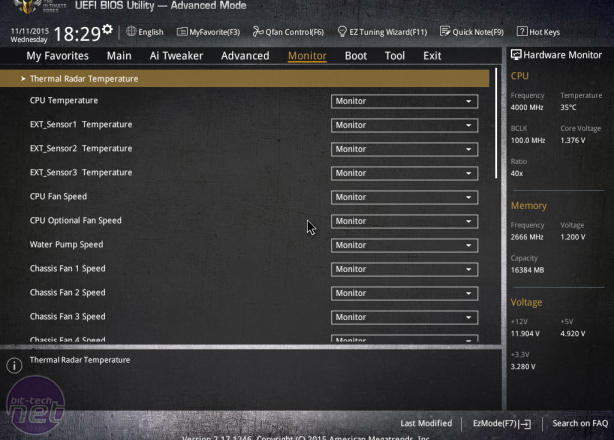
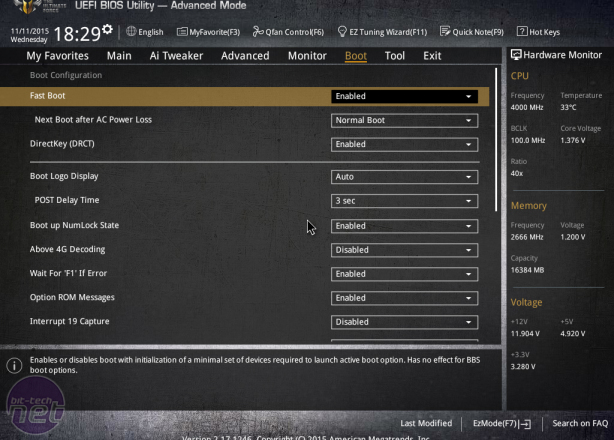
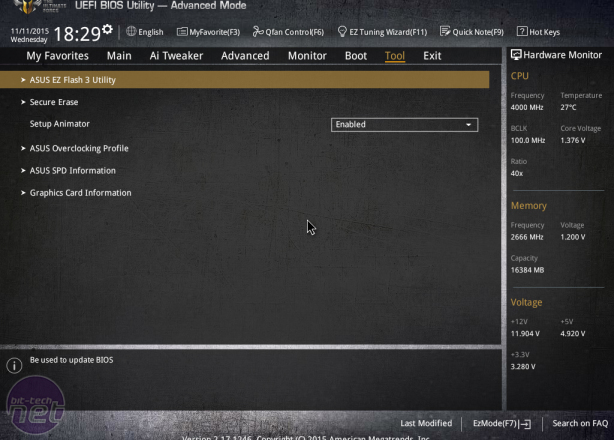
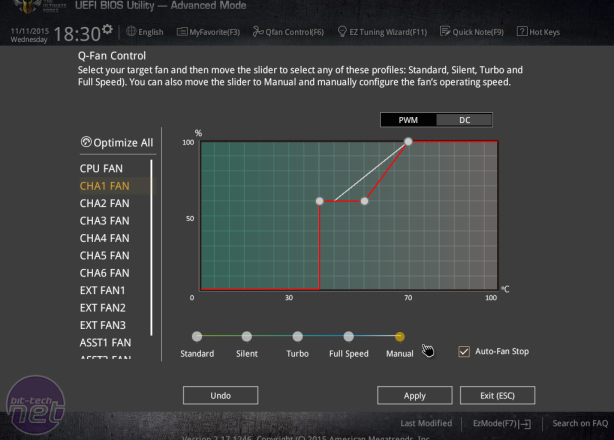
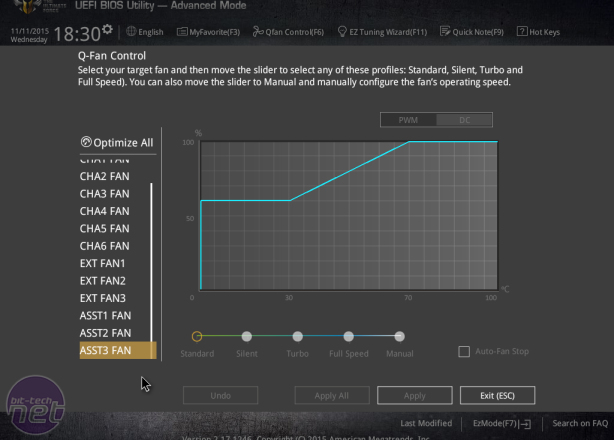







Want to comment? Please log in.